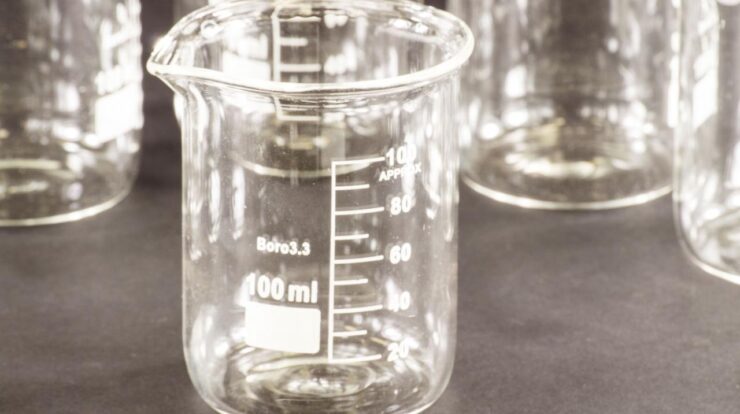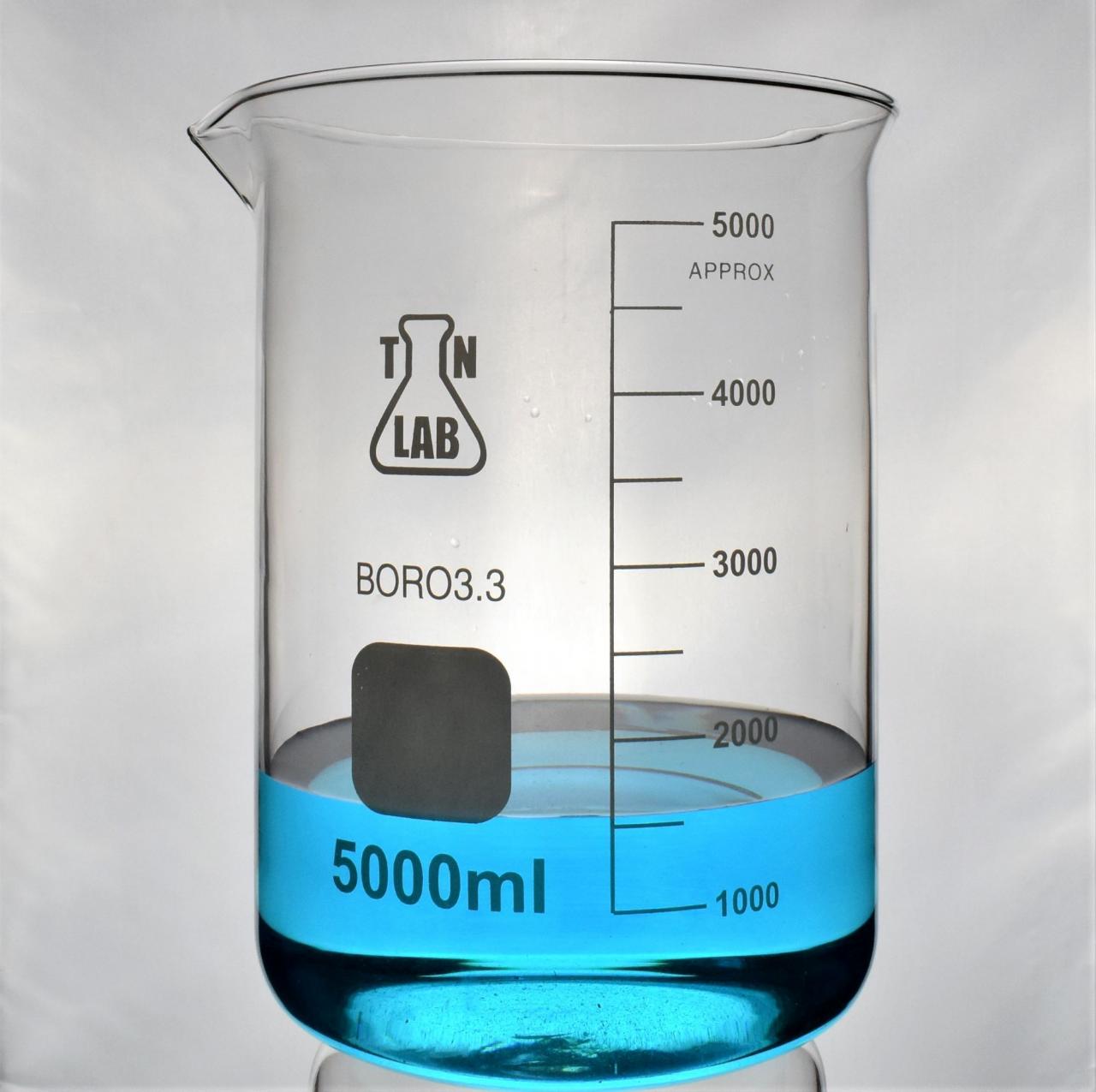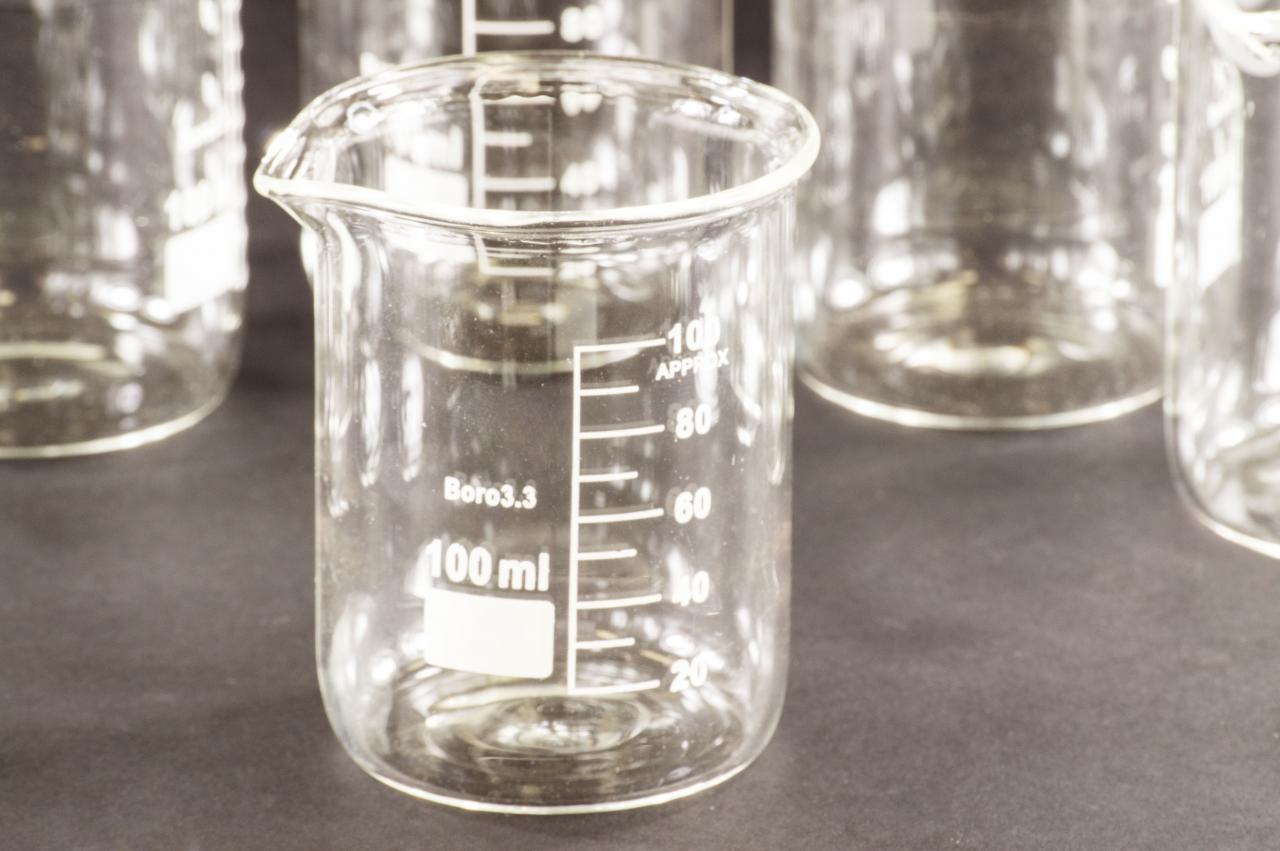
Beaker meaning delves into the fascinating world of laboratory glassware, uncovering the etymology, types, uses, properties, safety considerations, and cultural significance of this ubiquitous tool.
From its historical origins to its diverse applications in scientific research and beyond, the beaker has played a pivotal role in shaping our understanding of the natural world.
Beaker: A Laboratory Essential: Beaker Meaning

A beaker is a ubiquitous laboratory glassware that serves as a versatile tool for various scientific and experimental applications. Its unique design and properties make it an indispensable component in research and educational settings.
Etymology of “Beaker”, Beaker meaning
The term “beaker” has its roots in the Middle English word “beker,” which originated from the Old English “becer,” meaning “cup” or “vessel.” Over time, the word evolved in Middle English to “beker,” which referred to a drinking vessel with a wide mouth and a narrow base.
In the 17th century, the term “beaker” began to be used specifically for a laboratory glassware used for mixing and measuring liquids.
Types of Beakers
| Material | Capacity (mL) | Intended Use |
|---|---|---|
| Glass | 5-5000 | General laboratory use, mixing, heating |
| Plastic | 5-1000 | Non-corrosive solutions, disposable |
| Metal (e.g., stainless steel) | 50-2000 | High-temperature applications, mixing viscous liquids |
| Borosilicate glass | 5-2000 | High-temperature, low-expansion applications, chemical resistance |
Uses of Beakers
- Mixing and stirring liquids
- Measuring and transferring liquids
- Heating and cooling solutions
- Conducting titrations and other analytical procedures
- Preparing and storing reagents
Properties of Beakers
Beakers are characterized by their cylindrical shape with a flat bottom and a wide, flared rim. They are typically made of glass or plastic, with some beakers made of metal or borosilicate glass for specific applications. Glass beakers are known for their chemical resistance and thermal stability, while plastic beakers offer convenience and disposability.
Safety Considerations
Beakers should be handled with care, especially when they contain hot or corrosive liquids. Always wear appropriate safety gear, such as gloves and safety glasses, when using beakers. Avoid heating beakers directly over an open flame, as this can cause the glass to crack or shatter.
Beaker Culture
Beyond their scientific significance, beakers have also found their way into art, design, and popular culture. Their iconic shape has been used in various forms, from sculptures and paintings to household objects and fashion accessories.
Closing Summary

Beaker meaning extends far beyond its practical utility in laboratories. It has seeped into art, design, and popular culture, becoming an iconic symbol of scientific inquiry and human ingenuity.
Key Questions Answered
What is the etymology of “beaker”?
The term “beaker” originates from the Middle English word “bekere,” which itself derives from the Old French “bec,” meaning “beak.” This aptly describes the beaker’s characteristic spout-like shape.
What are the different types of beakers?
Beakers come in various types, including Griffin beakers, Berzelius beakers, and Florence beakers. Each type is designed for specific applications based on its material, capacity, and shape.
What are the common uses of beakers?
Beakers serve a multitude of purposes in scientific and laboratory settings. They are used for mixing, measuring, and heating liquids, as well as for conducting chemical reactions and preparing solutions.
What safety precautions should be taken when using beakers?
Beakers can pose potential hazards if not handled properly. It is crucial to wear appropriate safety gear, such as gloves and eye protection, and to follow guidelines for safe handling, storage, and disposal.





